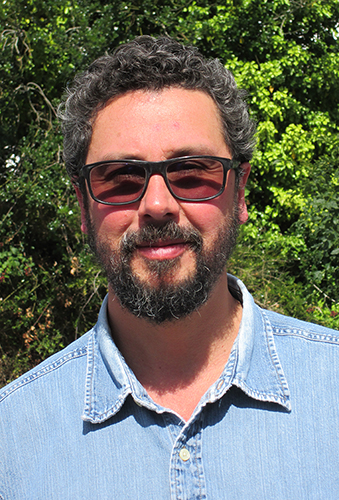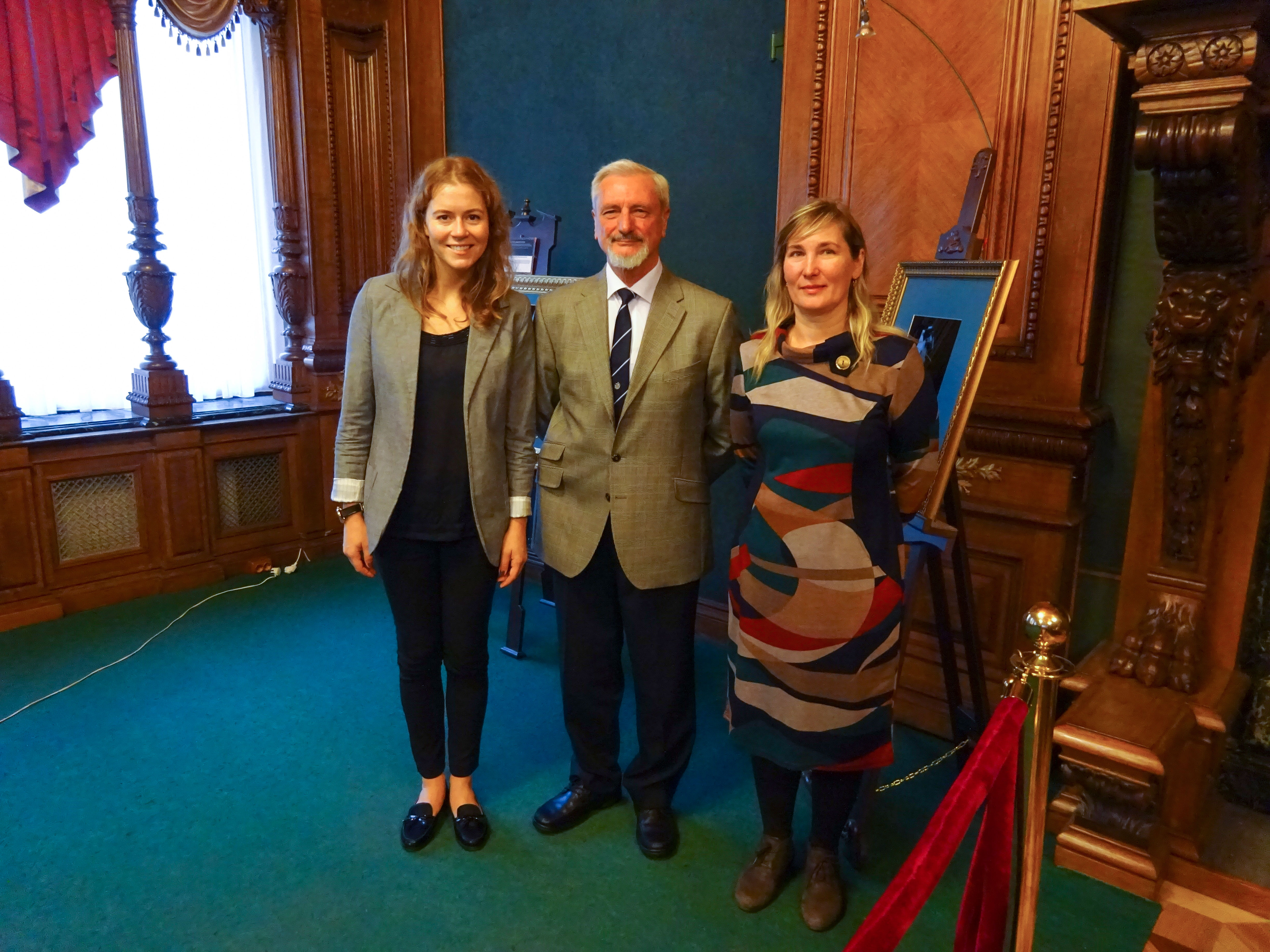The Impact and Blast Resistant Design Methods course took place at Ashurst Lodge with the participation of two well-known lecturers, Professor Norman Jones and Dr Graham Schleyer, both from the University of Liverpool, UK.
This is an annual event that attracts delegates from many different countries.

Prof N Jones
Professor Norman Jones FREng FNAE FIMechE FASME FRINA was AA Griffith Professor of Mechanical Engineering and Director of the Impact Research Centre at the University of Liverpool. He has conducted theoretical, numerical and experimental studies at MIT in the US and the UK over the past 40 years into the dynamic behaviour of structures and systems. These studies have clarified the influence of dynamic material properties, dynamic crushing, transverse shear forces, finite deflection effects, failure criteria including perforation, rotatory inertia and other phenomena on the response of a wide range of structural members (beams, plates, shells, pipelines, etc) subjected to impulsive, dynamic pressure and impact loads causing large inelastic deformations.
Professor Jones is Honorary Editor-in-Chief of the International Journal of Impact Engineering. He wrote the book ‘Structural Impact’ and has co-edited nine other books, as well as publishing over 300 journal articles. He has won two prizes from the Institution of Mechanical Engineers, another from the Royal Institution of Naval Architects, an Eminent Scientist Award from the Wessex Institute of Technology, and has been invited to serve on many international conference committees as well as delivering plenary and opening addresses. He has honorary professorships in China and is a member of the Royal Academy of Engineering and a Foreign Fellow of the Indian National Academy of Engineering.
Dr Graham Schleyer FIMechE, is a Senior Lecturer in the Department of Engineering and a member of the Impact Research Centre at the University of Liverpool, having worked previously for several years in the gas industry and for shorter periods with leading research and technology companies in the UK and the US. Over the past 20 years or so he has conducted hundreds of field and laboratory tests on full-size and reduced-scale structures involving gas, HE and pressurized air explosions which has provided useful insights into the explosion resistance of safety critical components and structural systems. An overall advance has been the development of sub-scale experimental procedures. These tests have resulted in the validation of numerical models and approximate design methods for steel, glass and RC structural elements subjected to pulse pressure loads.
Dr Schleyer is Co-chair of the International Scientific Advisory Committee of the International Conference ‘Structures Under Shock and Impact’ organised by the Wessex Institute of Technology. He also serves on the editorial board of the International Journal ‘Computational Methods and Experimental Measurements.’
The Course comprised the following lectures:
- Introduction to impact and stress waves
- Quasi-static approximation
- Energy absorbing systems
- Human impact injury criterion
- Structural crashworthiness
- Blast loading and effects
- Dynamic properties of materials
- Failure and perforation
- Design of ductile and non-ductile structures
- Energy absorption, cladding and sandwich structures
- Buckling of structures
- Scaling and experimentation
- Case studies
The course, which has always been successful, is run annually.

For further information and details of the next event, please contact:
Jane Chantler
Wessex Institute of Technology
Ashurst Lodge, Ashurst
Southampton, SO40 7AA
Tel: 44 (0) 238 029 3223
Fax: 44 (0) 238 029 2853









